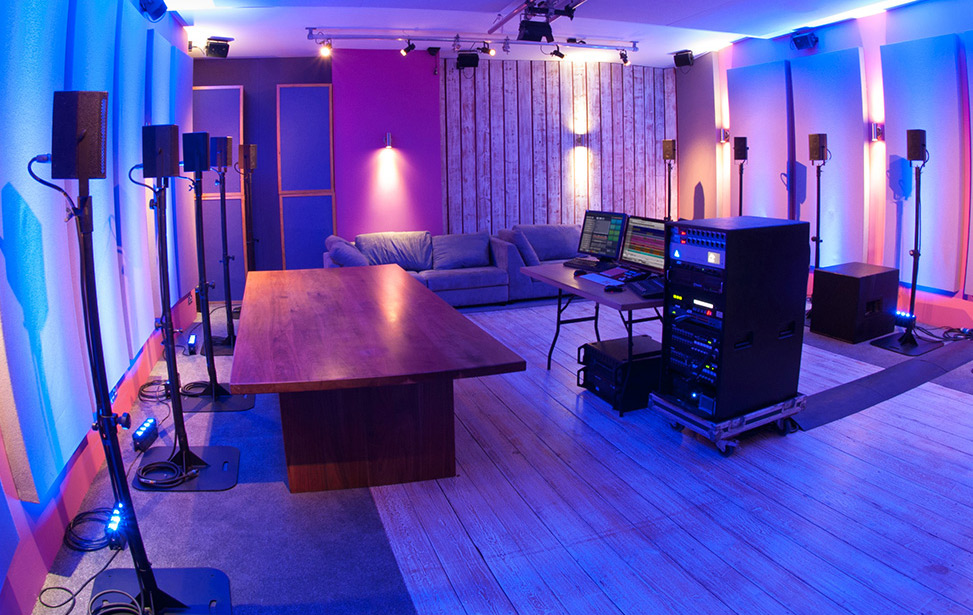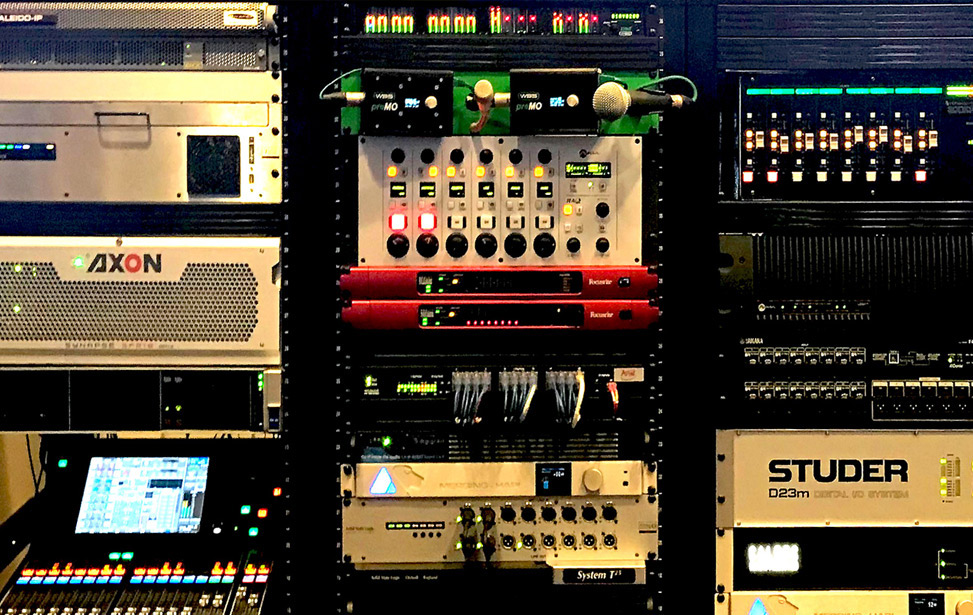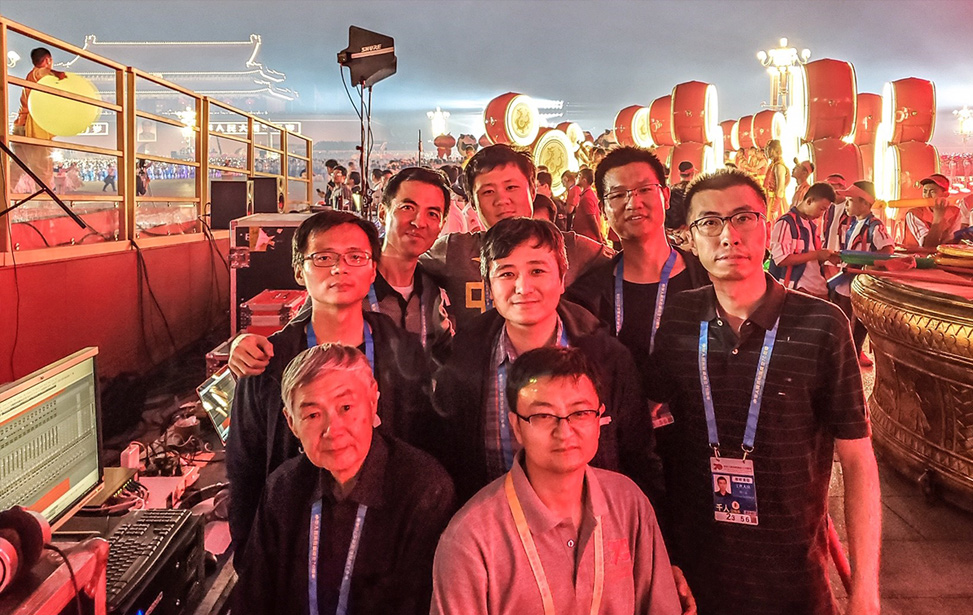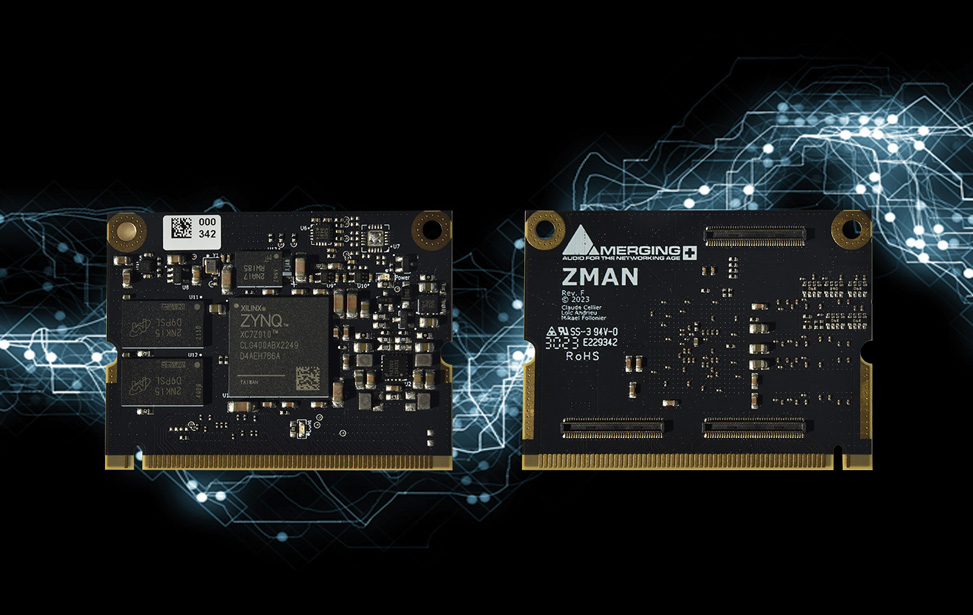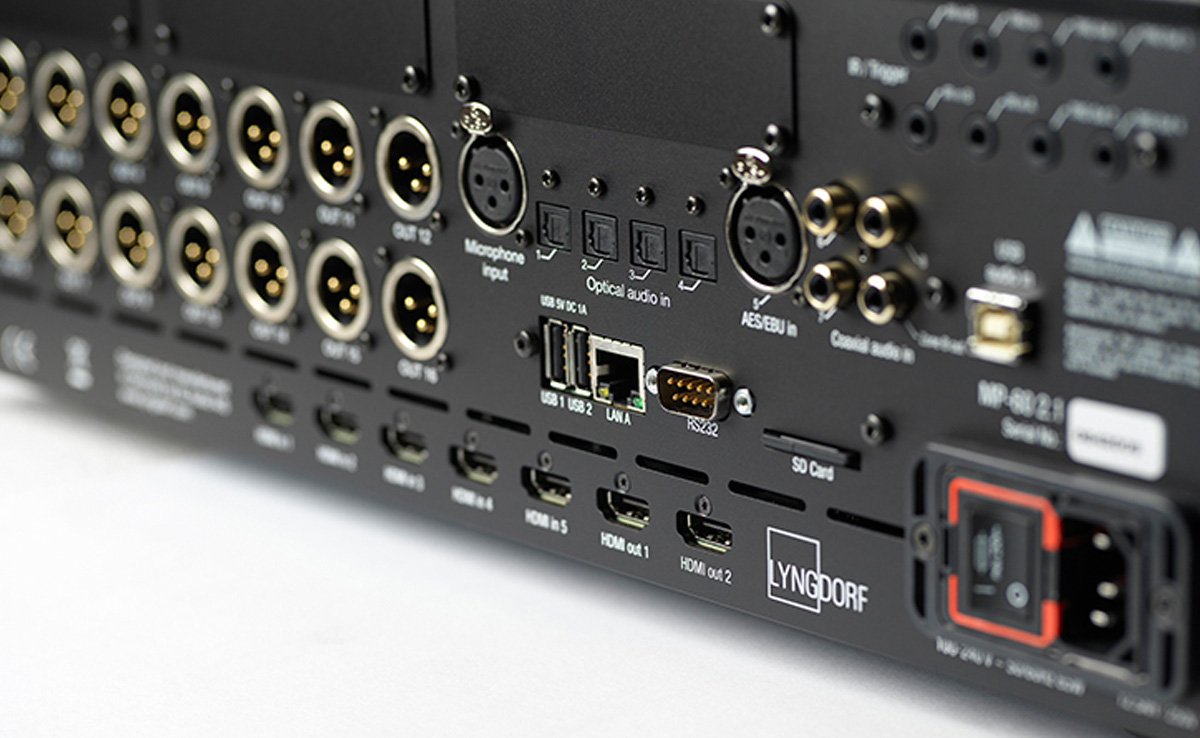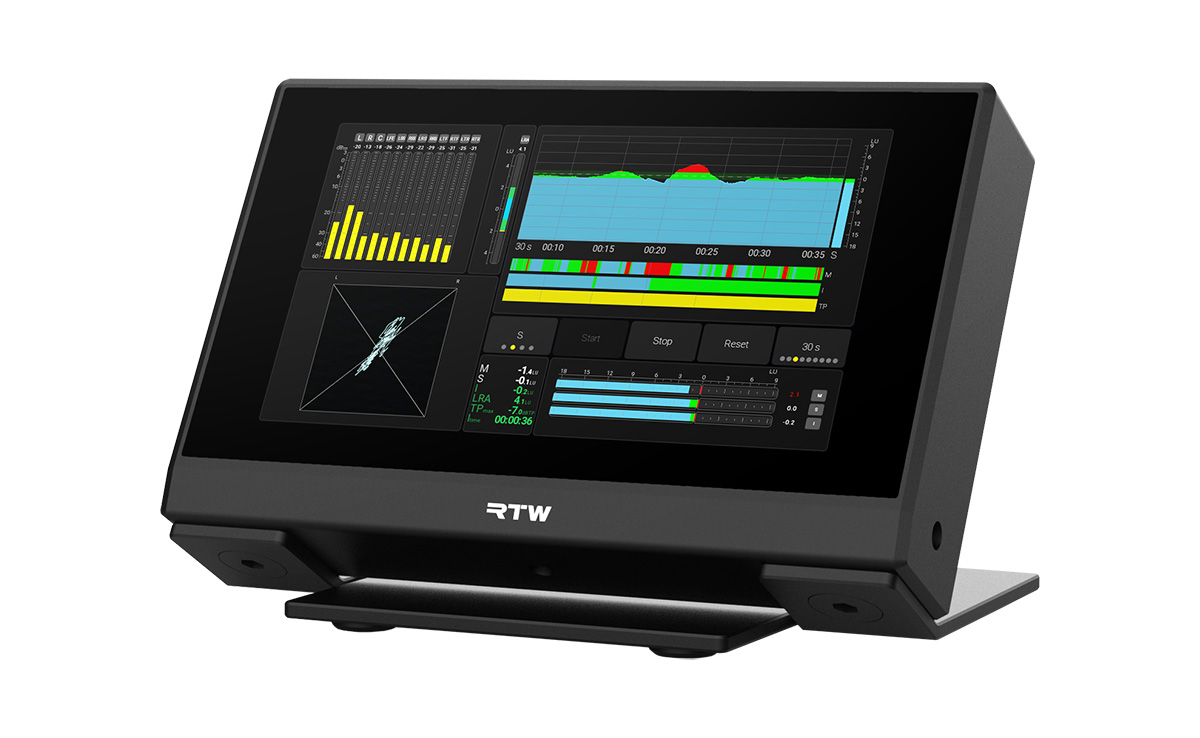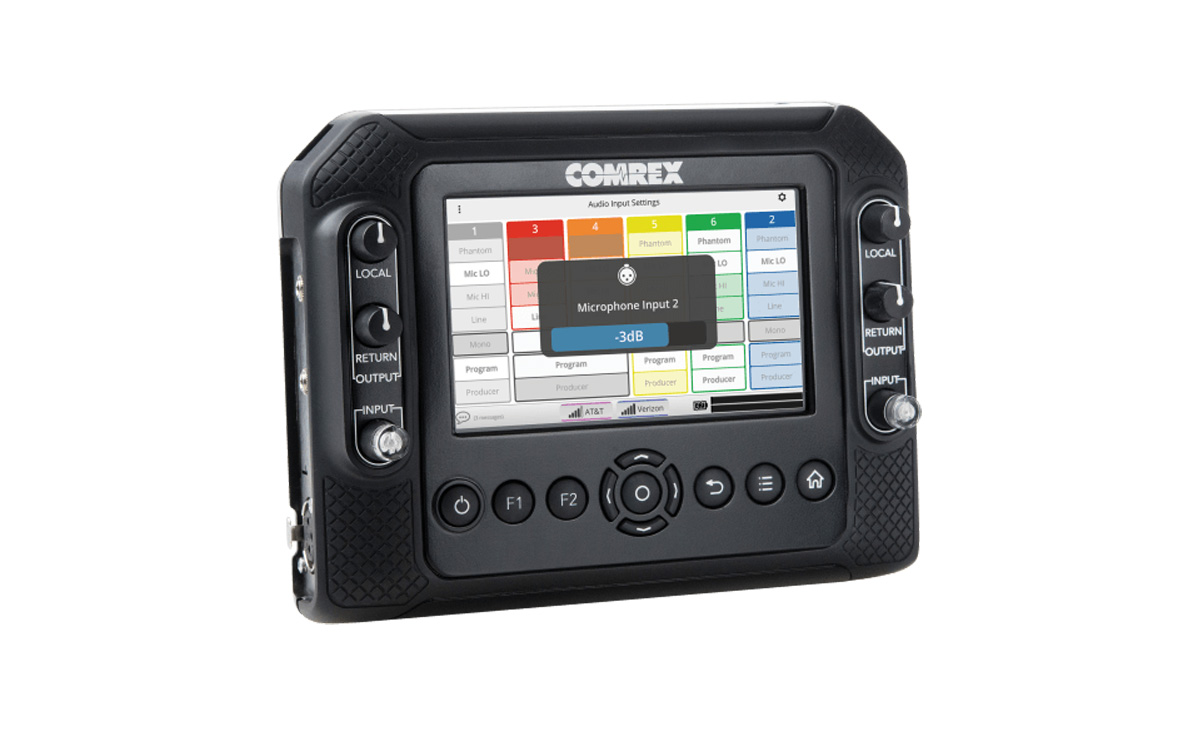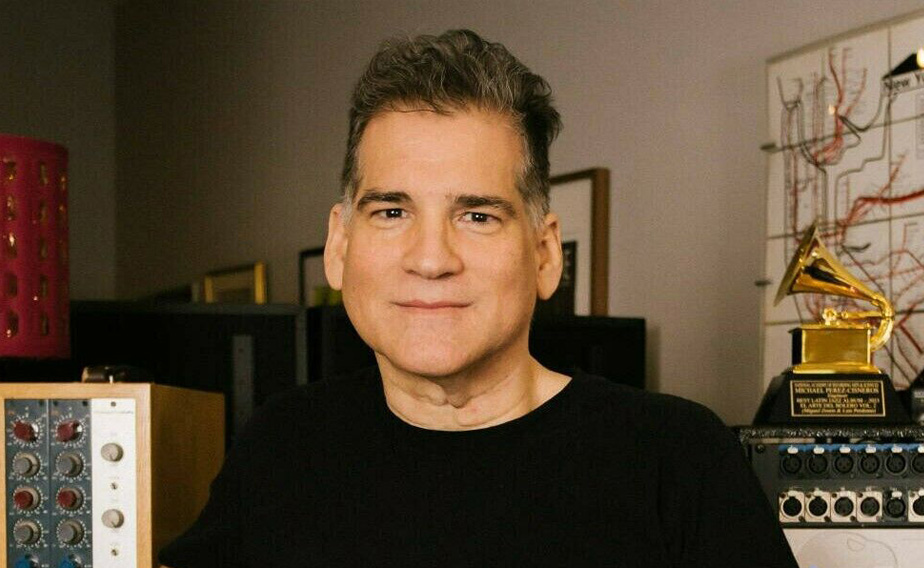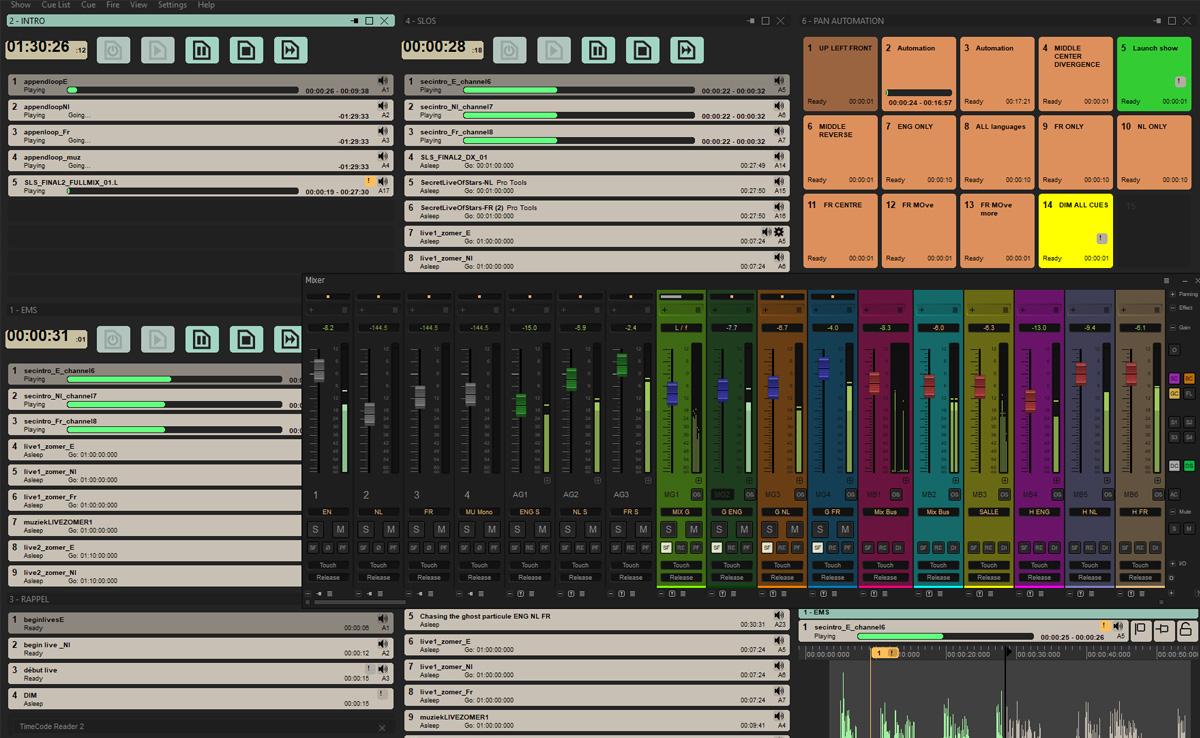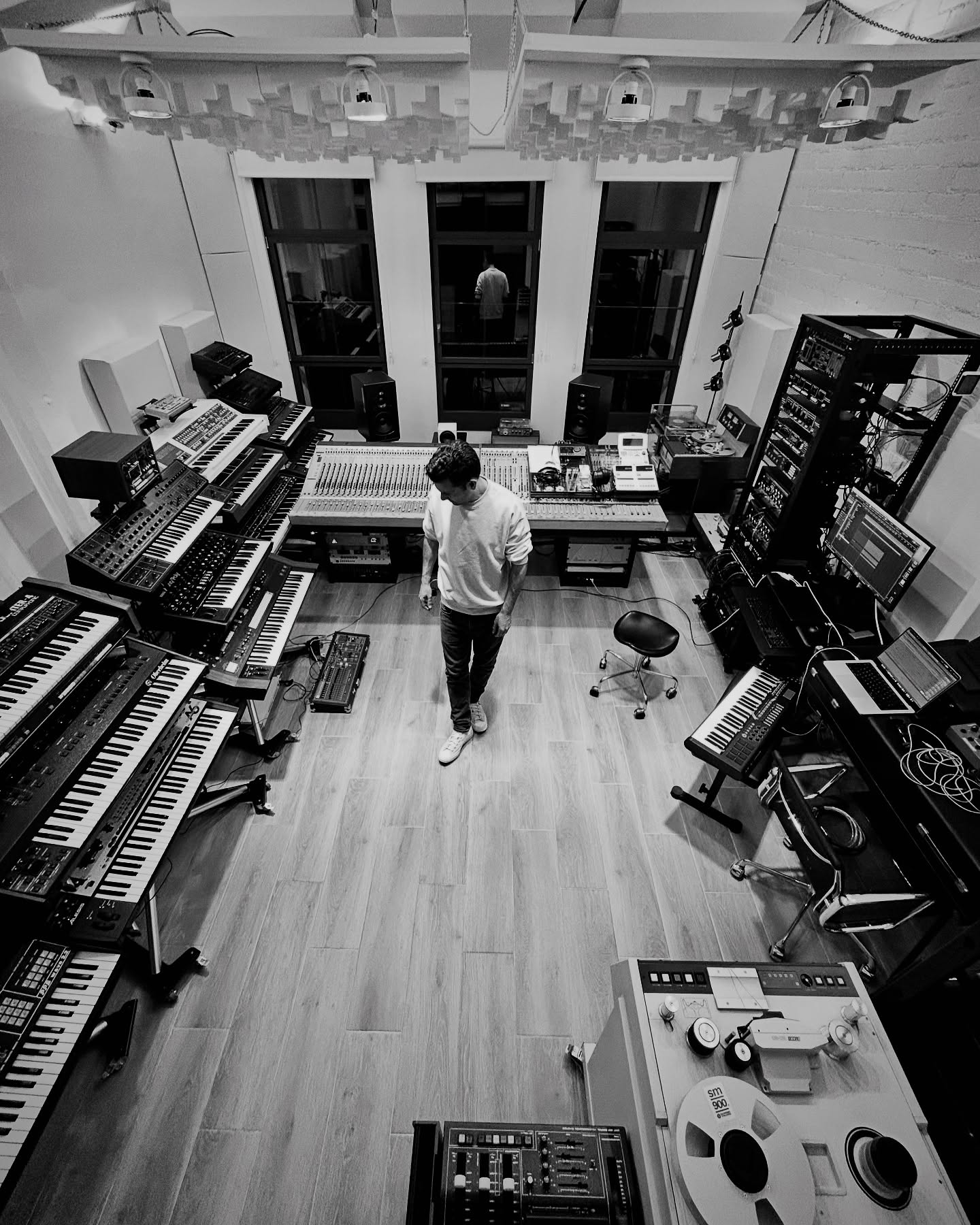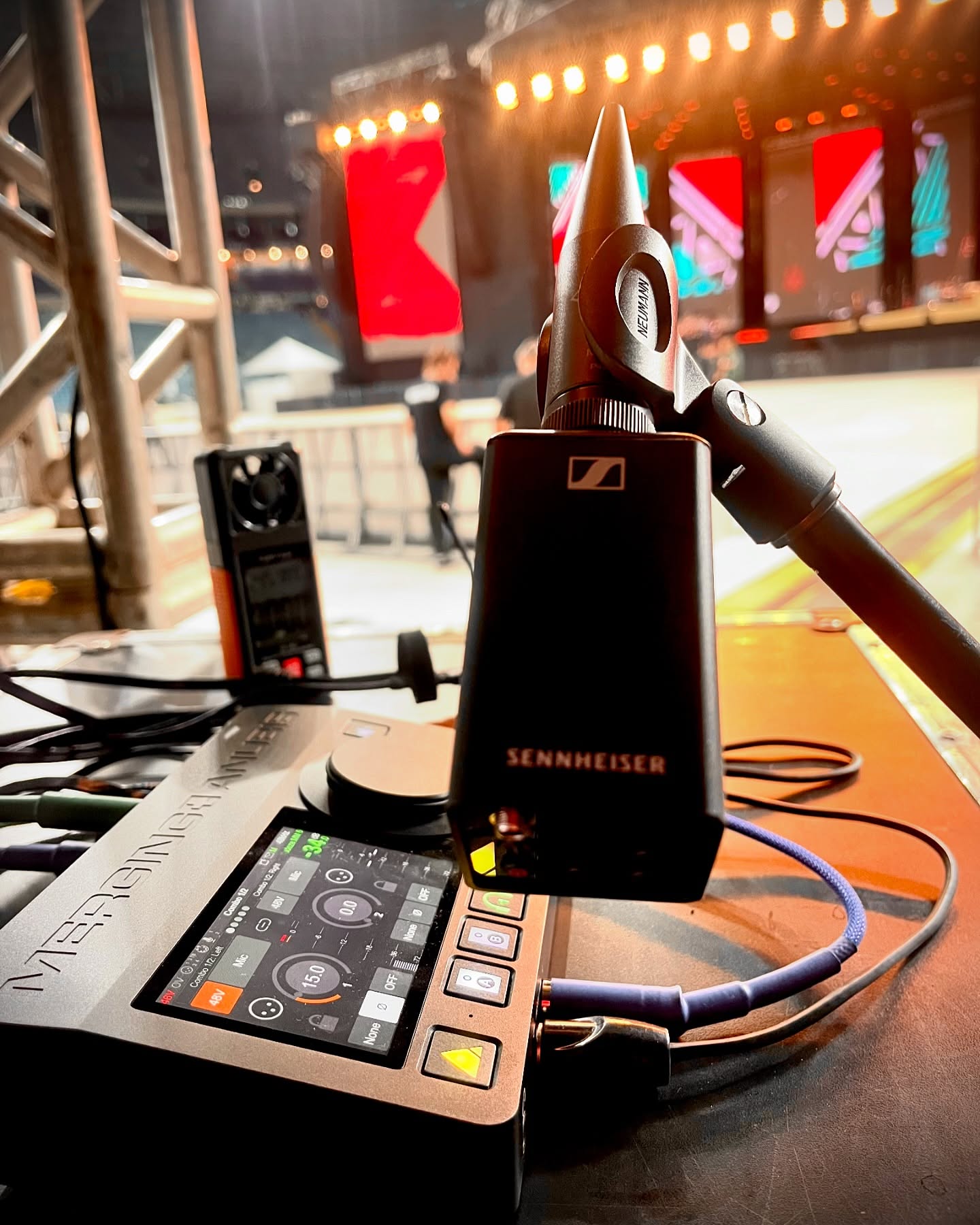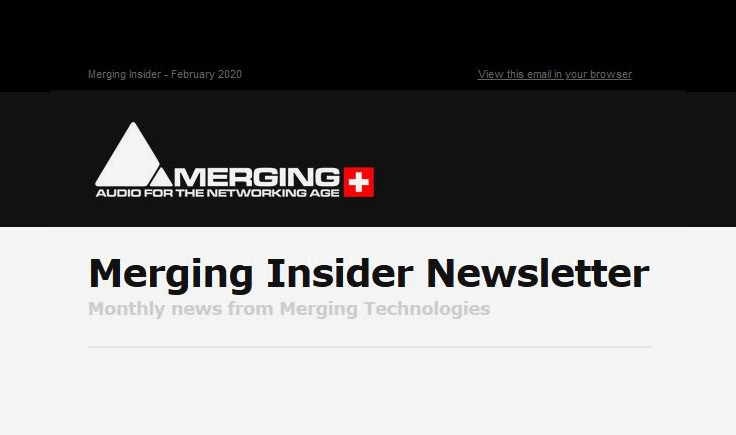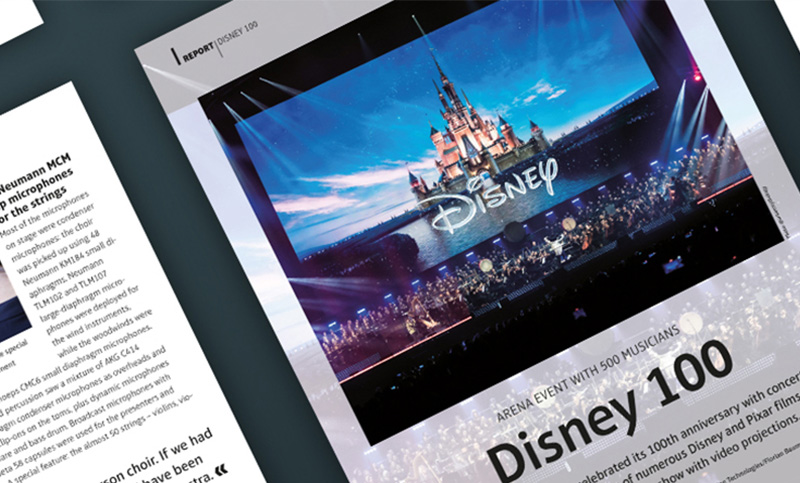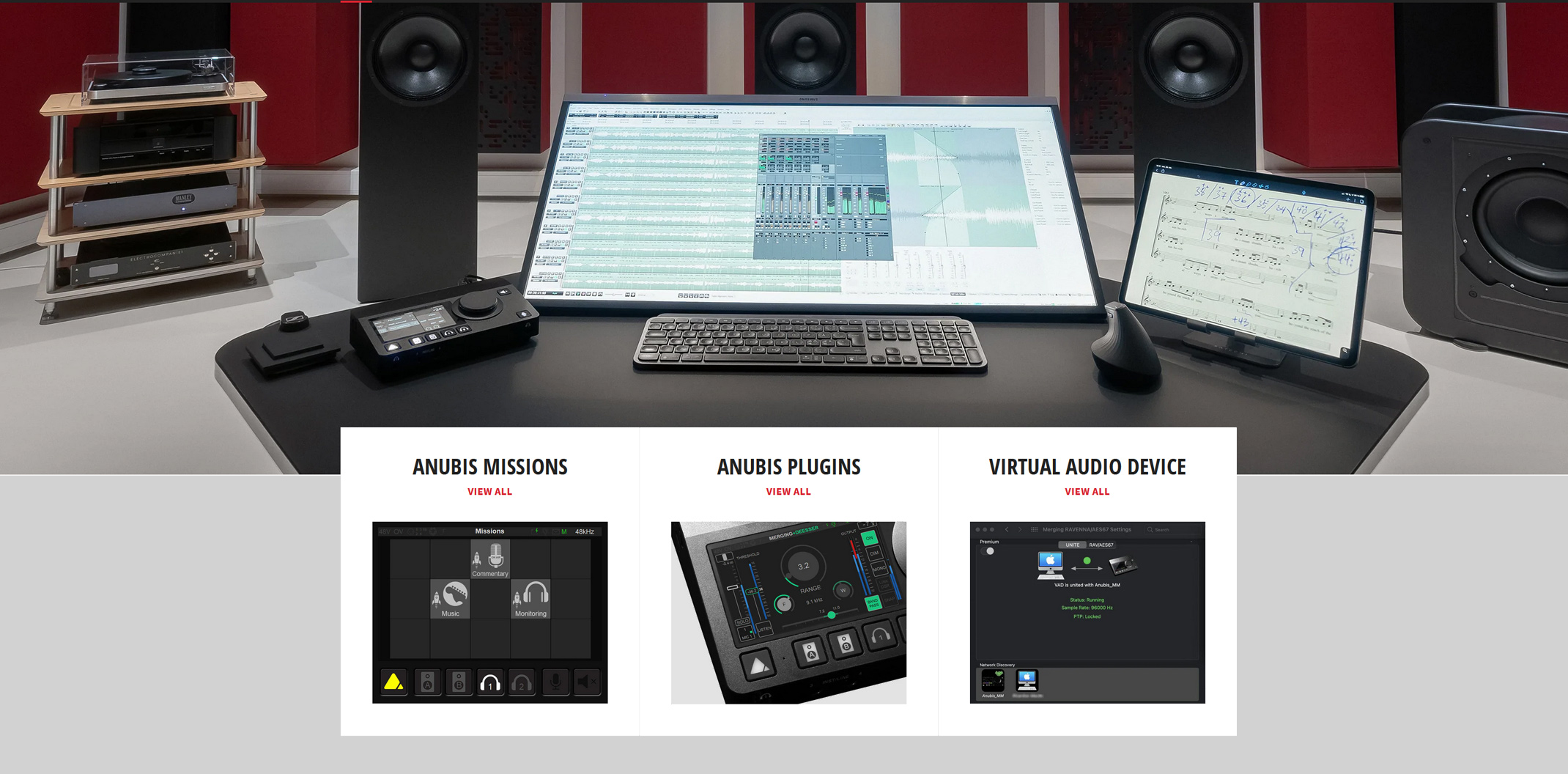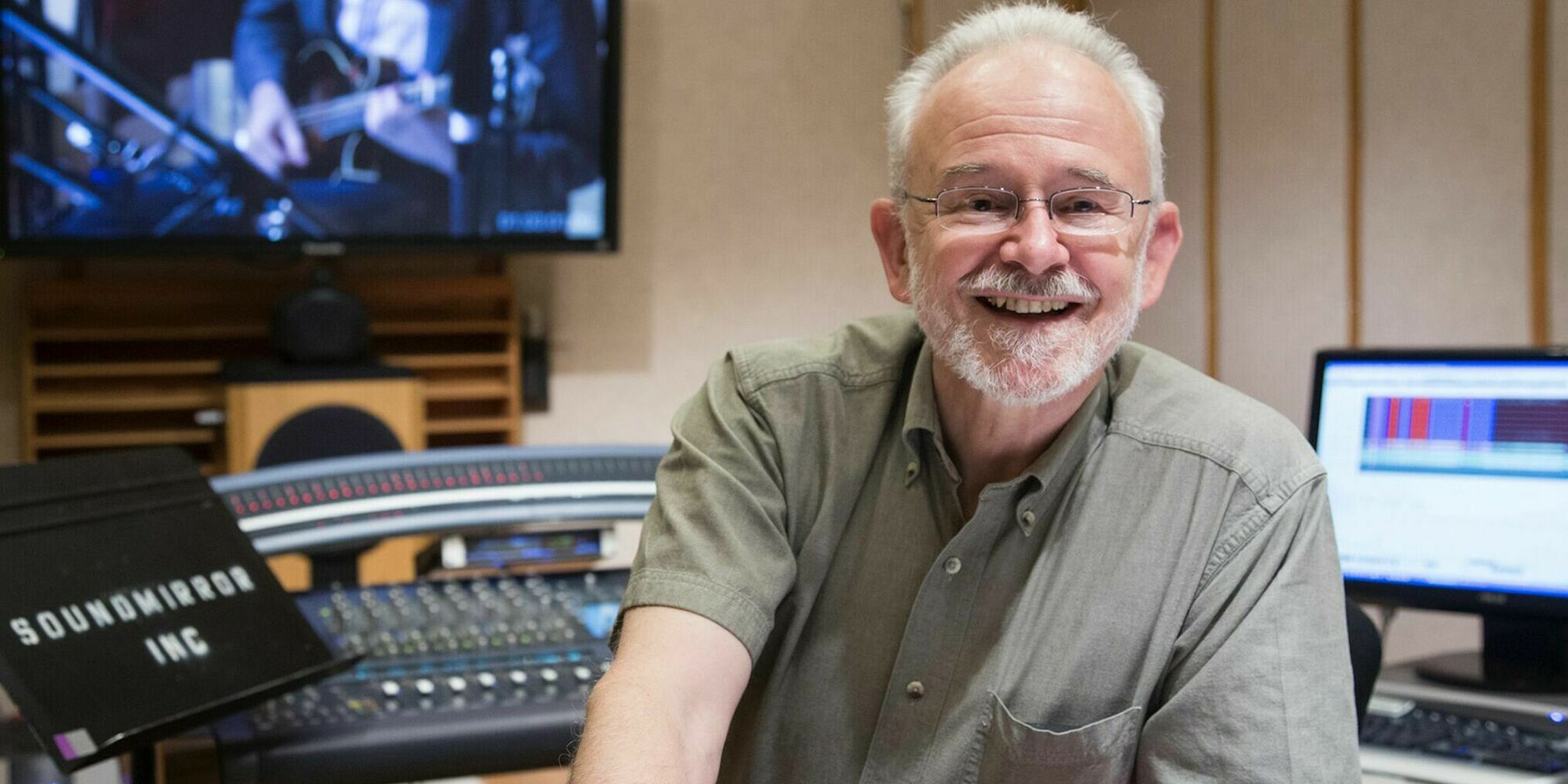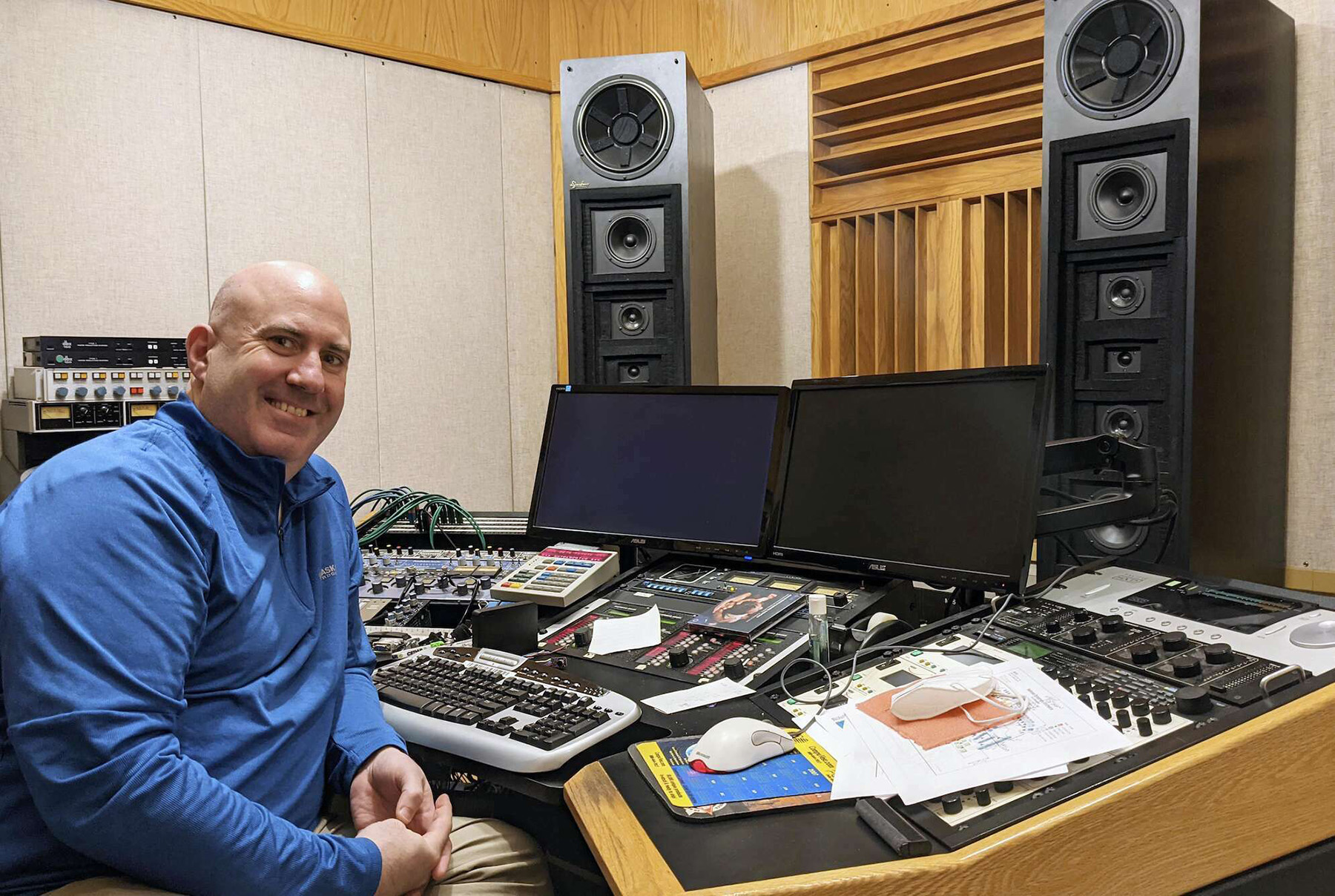-
Highlights
-
Products
-
Pyramix | Digital Audio Workstation
Ovation | Audio & Event Sequencer
ANEMAN | Audio Network Manager
Audio Tools
-
-
OEM Solutions
-
ZMAN RAVENNA/AES67
Success Stories
Studio Technologies Enhances ST 2110 Integration With Merging’s ZMAN Module
- November 25th 2024
ADI RAVENNA/AES67
Success Stories
ALSA RAVENNA/AES67
Success Stories
Comrex meets AES67 demands with a solution from Merging Technologies
- October 15th 2024
-
-
News
-
Merging to unveil Ovation 11 at ISE 2025 in Barcelona
- January 22nd 2025
Free Pyramix or Ovation Elements
with a new purchase of a Merging interface-
No end date currently
The Sennheiser Group at IBC 2024
- September 1st 2024
-
-
Sales
-
Support
-
Training
Resources
Tech Support
Downloads
-
-
Company
-
Contact Us
- Merging Technologies
- Route du Verney 4,
- 1070 Puidoux, Switzerland
- +41 (0)21 946 04 44
- General Enquiries
- OEM Enquiries
- Tech Support
Merging Technologies
What's Up?
-
John Newton, Mark Donahue and Blanton Alspaugh
Soundmirror, Boston, USA
How Merging has been key to the success of one of the world's most important orchestral recording companies
For over 50 years, Soundmirror has conducted the recording and production of orchestras, choral groups, opera companies, solo artists and record labels. With an impressive half a century in the game, the studio has become one of the most revered production companies in the classical field – with its recordings receiving over 130 Grammy nominations worldwide.
Key to Soundmirror’s world-class production facilities is technology from Merging, a co-dependent relationship that has revolutionised what Soundmirror has been able to offer over the years. “Our relationship began with Merging because they had a phenomenal history in the analogue world,” begins John Newton, founder of Soundmirror.
“Their CEO Claude Cellier realised that digital was an important improvement in a lot of the things coming forward, and the SACD put an emphasis on better sounding digital recorders. We learned about the company and its capabilities, and they learned from us about what we needed in the way of practical tools to go out into the field and make recordings.”
Based in Boston, Massachusetts, Soundmirror offers everything from location recording to on-site editing, mixing and mastering. Their engineers bring state-of-the-art equipment and sound treating materials to a wide variety of acoustic spaces, including concert halls, opera houses, theatres, churches and cathedrals, with the goal of achieving natural sound. Everything Soundmirror does is based on Merging products or software.
“Other than mics and loudspeakers, what we take out into the field is Merging equipment and we bring the content back to our studios for post-production. We also use Merging software and some hardware for the post-production process,” continues Newton.
“From the start of our relationship with Merging, one of the things that’s always been at the forefront is its flexibility,” adds Mark Donahue, chief engineer at Soundmirror. “In the early days we had this software that allowed us to do things that were totally unique. It’s the high track count and high sample rate recording that is unlike what virtually 99% of people in the world can achieve.
“A typical week for us is 48 tracks of DXD, and if you look at how much data that is, people’s eyes roll into the back of their heads! But the Merging gear has allowed us to work at higher sample rates than most of our competitors because the hardware and software has always had this power built in from day one. In 2002 when I started using Pyramix we were already recording 128 tracks of 96K, which, at the time, was unheard of. It was the only system in the world that would allow you to do it.”
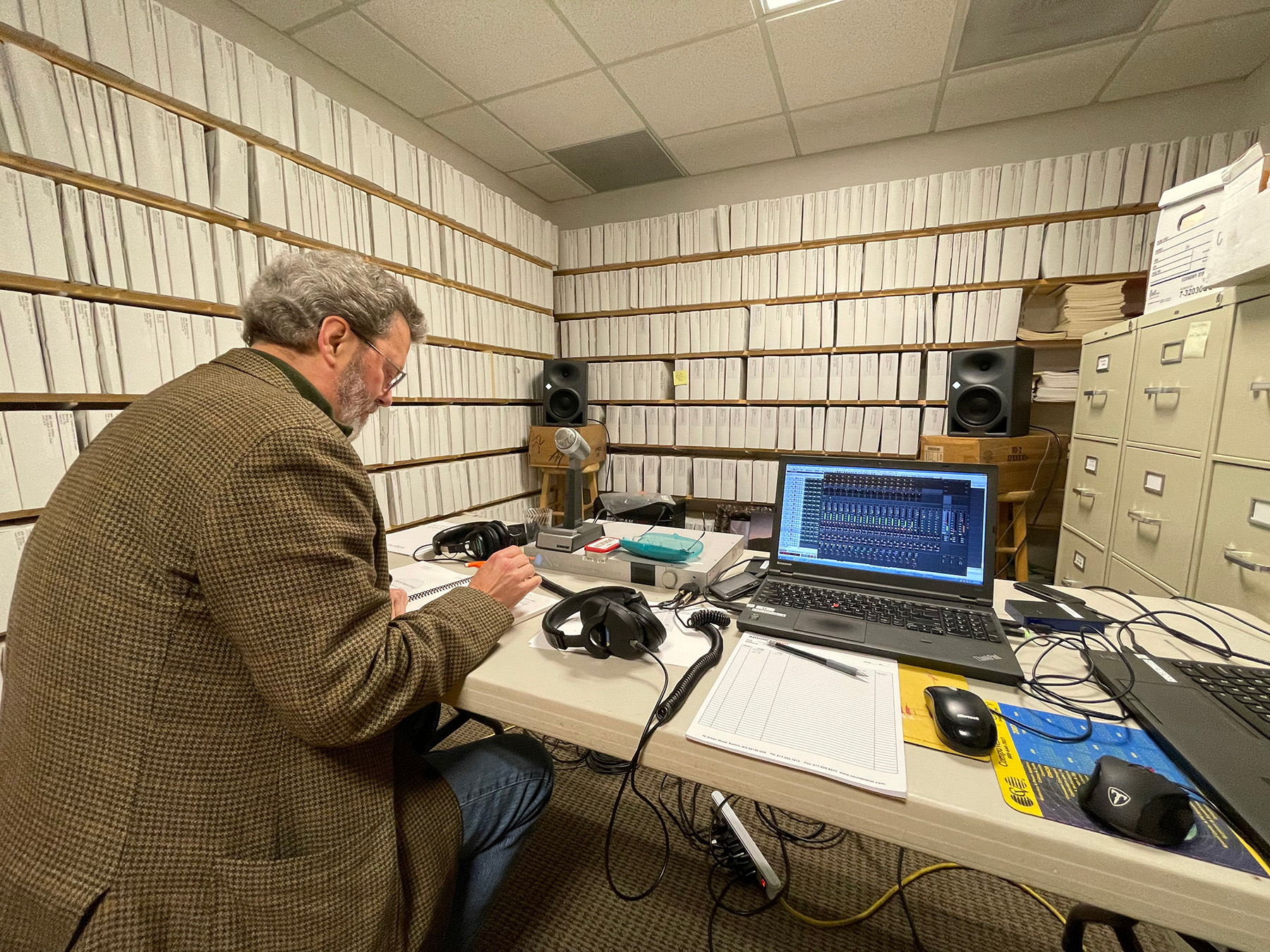 Blanton Alspaugh at Phoenix Chorale record, with Hapi, Pyramix and KH 150 Neumann monitors
Blanton Alspaugh at Phoenix Chorale record, with Hapi, Pyramix and KH 150 Neumann monitors
Pyramix is a digital workstation that, in combination with Merging’s networked audio interfaces, offers a one-of-a-kind, end-to-end solution that produces music digitally using a format that sounds like analogue to the human ear. It has become an essential part of the workflow for studios worldwide as it provides cutting-edge tools, including the source/destination mode, which allows for the insanely quick editing of huge multi-track recordings.
“The Merging equipment sounded better than anything else, and still does,” adds Newton. “It also has a very interesting economic value to it in that you can replace a lot of otherwise expensive gear with Merging equipment. So, if you’re not mixing and matching lots of brands to get a job done and you use Merging, you can do it more economically.”
Since the early 70s, Soundmirror has recognised that technology is key to improving all areas of the music recording business. As digital recording became more sophisticated, the SACD innovation in the late 90s was a pivotal point in the success of Soundmirror and Merging’s relationship. Collaborators ever since, Soundmirror attributes a lot of its success to Merging, and has also influenced the manufacturer’s unprecedented success in recording venues all over the world.
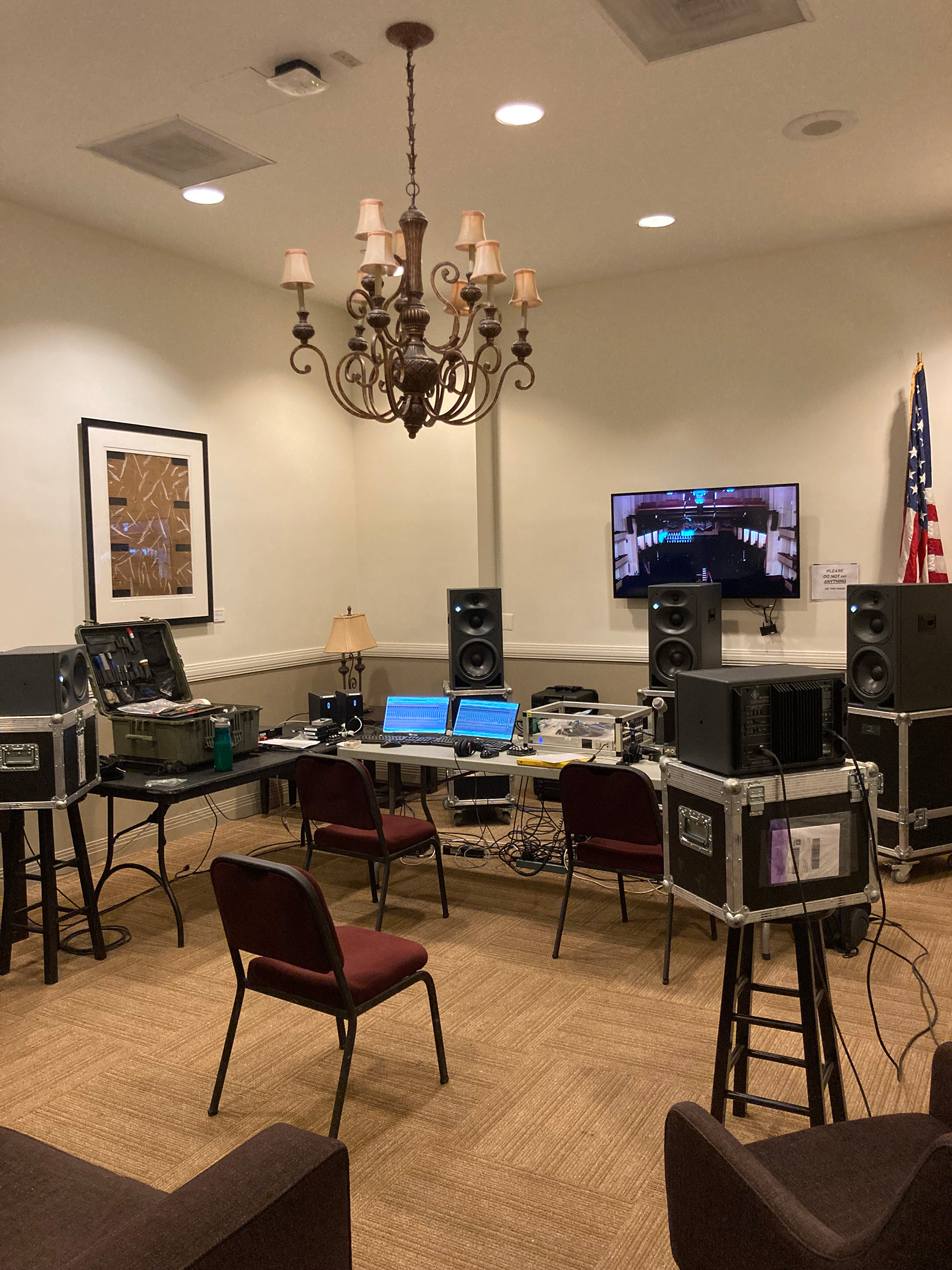 National Symphony Orchestra record at the Kennedy Center, with Hapi, Pyramix and a surround set of KH 420 and KH 310 Neumann monitors
National Symphony Orchestra record at the Kennedy Center, with Hapi, Pyramix and a surround set of KH 420 and KH 310 Neumann monitors
More info:


